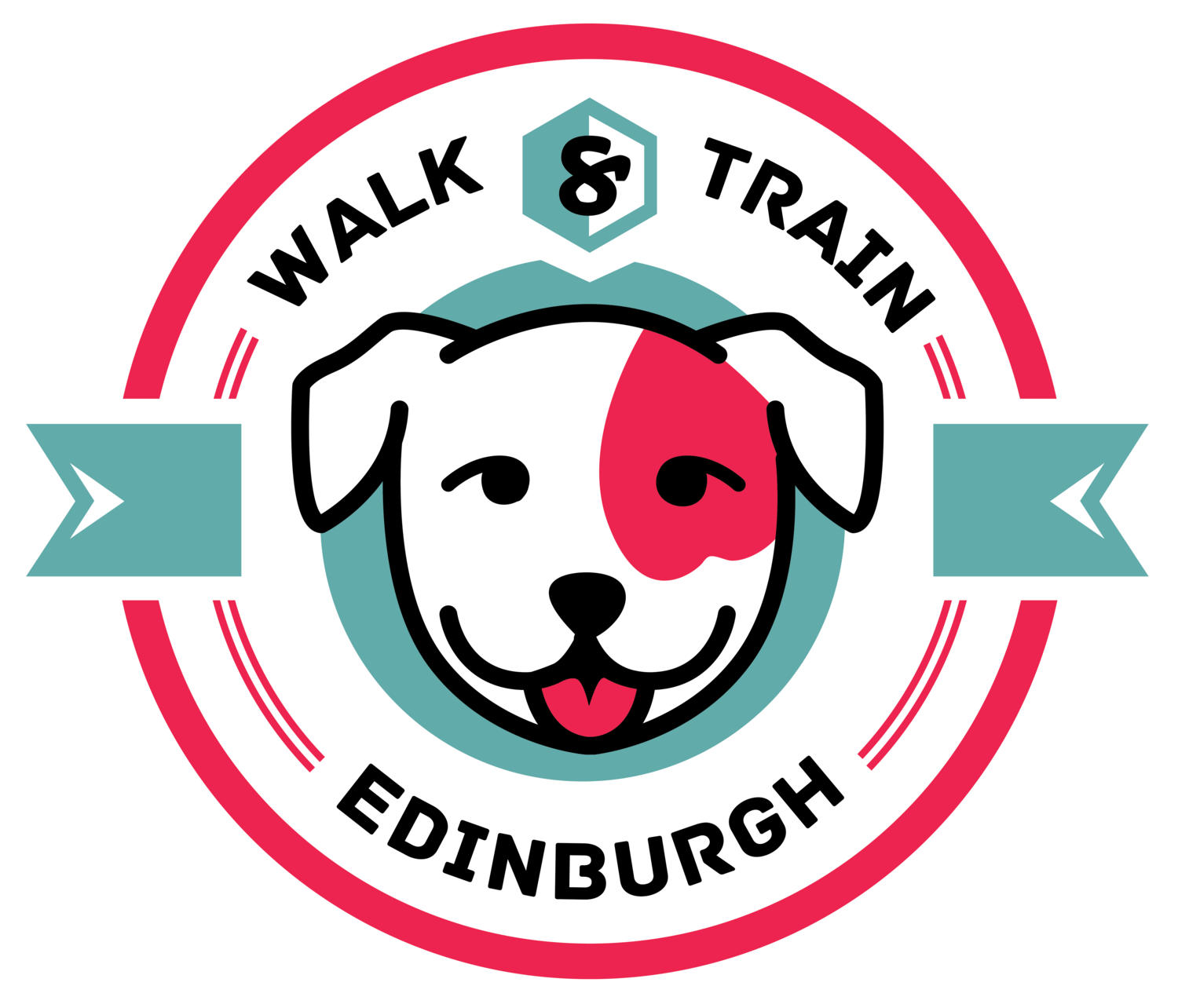Crate Training
A crate can be a great management tool during training, prepare your dog for vet visits or travels, and can be used when introducing new dogs to the household. However, in order to effectively use a crate, your dog must be appropriately conditioned to the crate. The dog needs to see the crate as a safe resting place.
I have used the protocol below to crate train all of my dogs. My first two dogs, Smulan and Fausto had never had a bad experience with a crate, and both just LOVE snuggling up in their own little den. On long travels or in new situations, the crate is their safe place where they can find comfort and peace. My third dog Ida, on the other hand, had terrible separation anxiety and crate anxiety when we got her, but has successfully overcome it using this protocol.
Never ever shut a dog inside a crate that has not previously been crate trained. The dog will feel trapped and confined which will only increase the dog’s stress and frustration and make the situation worse.
In order to teach the dog that the crate is a place to rest it is beneficial to get the dog in a mindset where it makes sense for them to relax. Before you begin the training, make sure that your dog has been given appropriate mental and physical stimulation.
If your dog struggles to stay in one place, or to be away from you, it can be helpful to teach your dog to stay on a dog bed for extended periods before starting crate training. This will prepare the dog for the restrictions of the crate, and teach it to settle in one place, without physically restraining the dog.
1. Teach your dog to calmly enter and exit the crate on command without rushing.
2. Teach your dog to stay inside the crate with the door open. You want to teach your dog to voluntarily be away from you, and how to stay in one place and settle. It teaches the dog to control its impulses to follow you around, or pace around the house on alert. If you close the crate door you are simply physically restraining the dog rather than teaching them emotional coping strategies. When the dog cannot act on its impulses, hindered by the crate door, the dog’s stress will increase. Work with the dog’s mind, not just the body.
3. As already mentioned, it is useful to practice this principle outside of the crate if the dog has had a negative experience with the crate or is very restless in general. Teach your dog to stay on a dog bed until it is released. Begin by practising in the evening when the house is calm, and gradually increase the distraction by bringing food out, or having people knock on the door.
4. Begin closing the crate door for short periods and gradually build it up. Only ever close the door when the dog is already resting and calm. If it is alert and trying to get out as you close it, the dog will likely become very stressed from being confined. Only open the crate door when the dog is calm, and make the dog stay in the crate for a couple of minutes before it is invited out. An open crate door should not be a cue for the dog to rush out.
5. If you are teaching the dog to stay in a crate away from you, for example, in another room, apply the 15 minute rule. During the last 15 minutes before you leave and the first 15 minutes when you come back, keep everything very calm and do not interact with your dog. You want the process to be really boring - do not make a big deal out of it. Ignore your dog: don’t pet, look at or talk to your dog. This will make it easier for him/her to stay behind. If you engage with the dog before you leave, he/she may want to follow you in order to continue the interaction and become anxious when he/she cannot.
6. Make the crate a safe den for your dog. Position the crate in a quiet area of your home, put a big squishy blanket inside or a dog bed, and cover the crate with a towel or blanket. You can also add things like an Adaptil (Dog Appeasing Pheromone) diffuser or spray, or a drop of lavender oil on the bed. This may not have a direct effect, but when introduced after some training, can contribute to the overall sense of calmness.
7. To help the dog create a positive association with the crate, you can give it special chew bones or toys, or feed its daily meals inside the crate.
Happy training!

